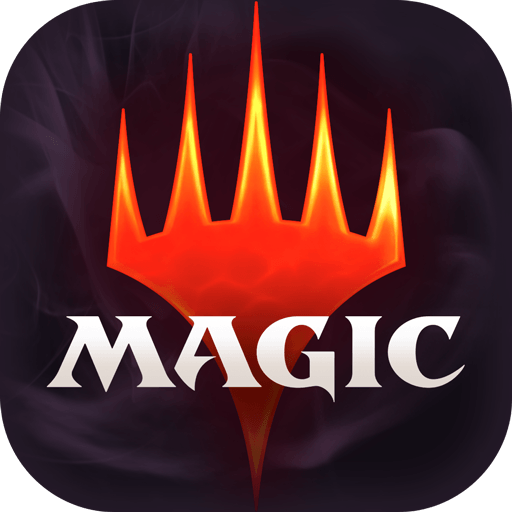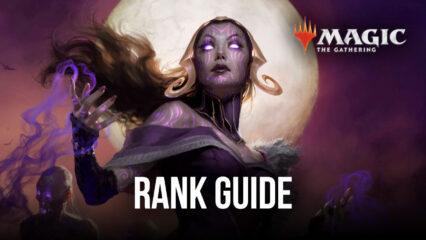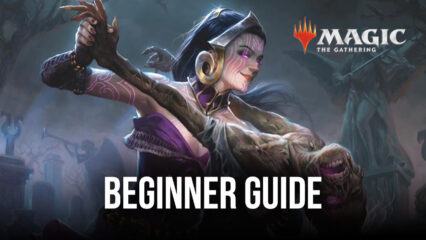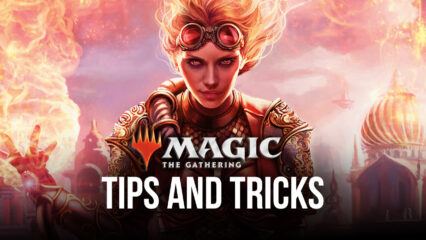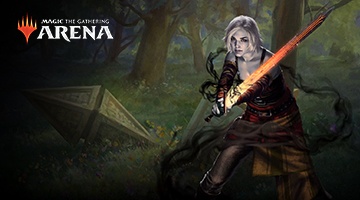Magic: The Gathering Arena - A Guide to Deckbuilding
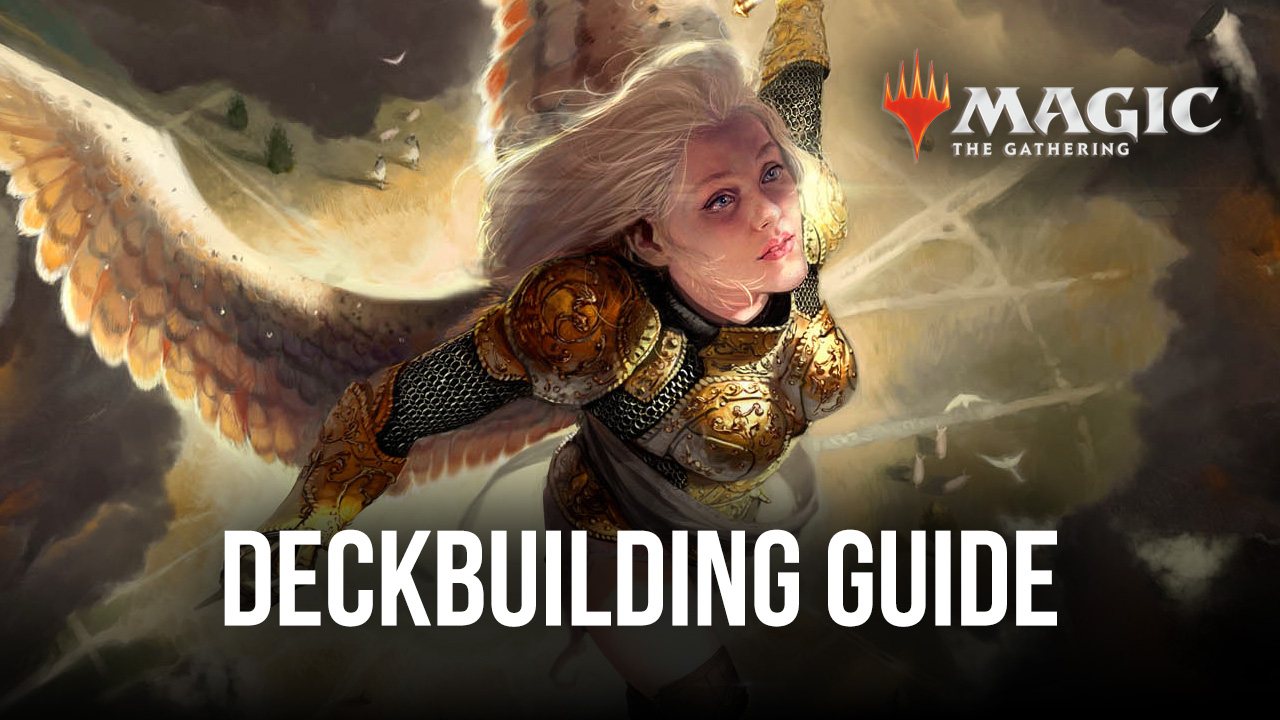
Now that you’ve begun to play Magic: The Gathering Arena, it’s time to build your first deck. As a beginner, the task of creating your first deck can be daunting especially since you’re looking at hundreds of cards that each do unique things. We can’t really expect players to learn what every card does when they’ve just begun playing the game so deckbuilding becomes the biggest problem. That’s why we’ve created this guide to help players start building a deck that works for them.
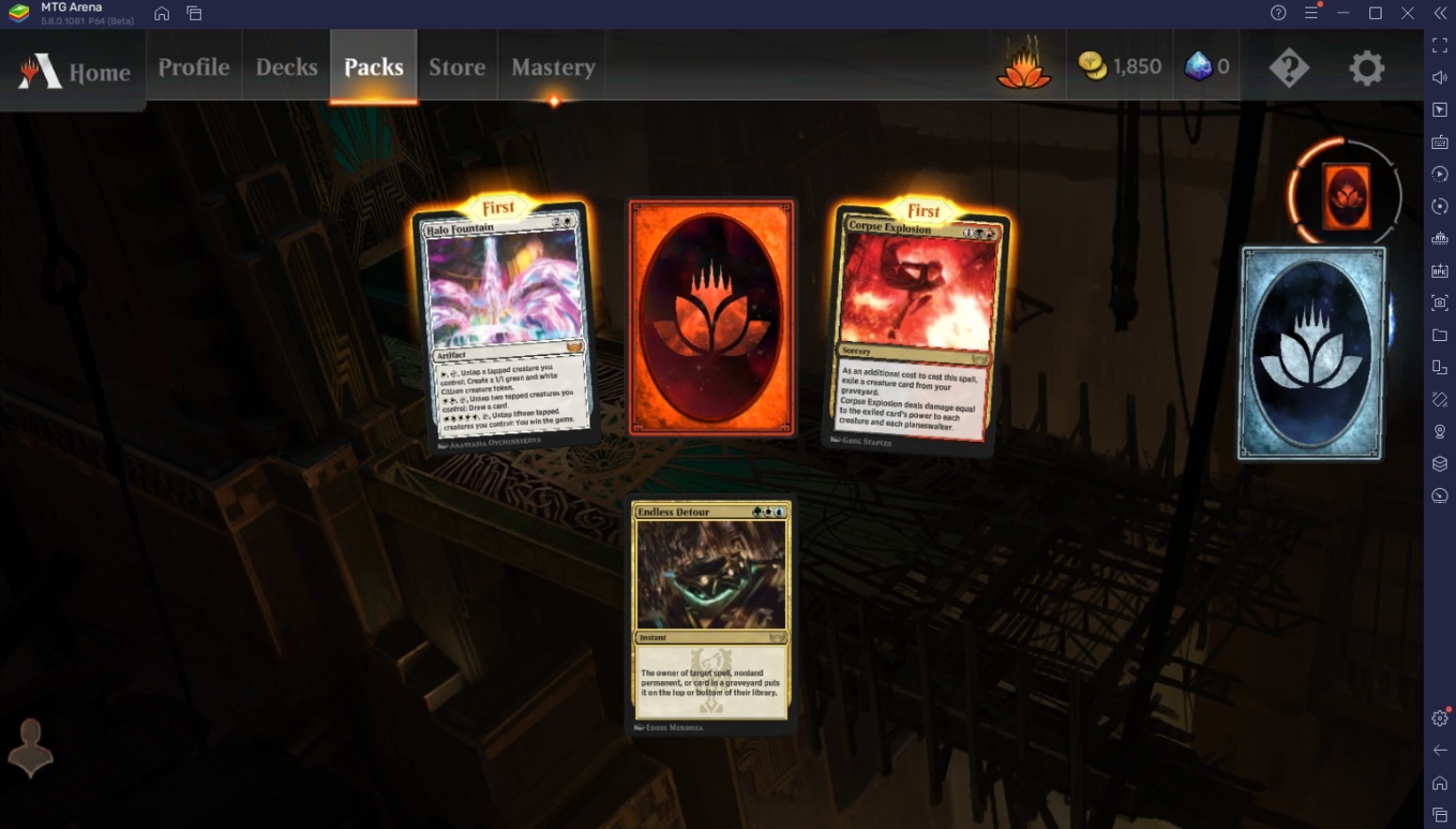
The simplest way to build a deck is to search for a list of top decks online and copy them onto your account. However, most constructed decks require specific cards in specific amounts, so unless you have all the cards required to build that specific deck or have enough wildcards to craft them, you probably won’t be able to copy them straight away. With limited resources, you’ll need to build your own deck and here’s a guide on how you can do that no matter what cards you have in your collection.
Choosing an Archetype
The most important thing about building your first deck is to choose an archetype or a general theme. You can’t just slap all the strongest cards in your collection and expect it to work. Some decks can make use of weak cards and still make them really strong simply because they work well together. If you have no idea what kind of theme you want for your deck, it’s a good idea to play over a dozen normal games first against other players to see the different archetypes currently available.
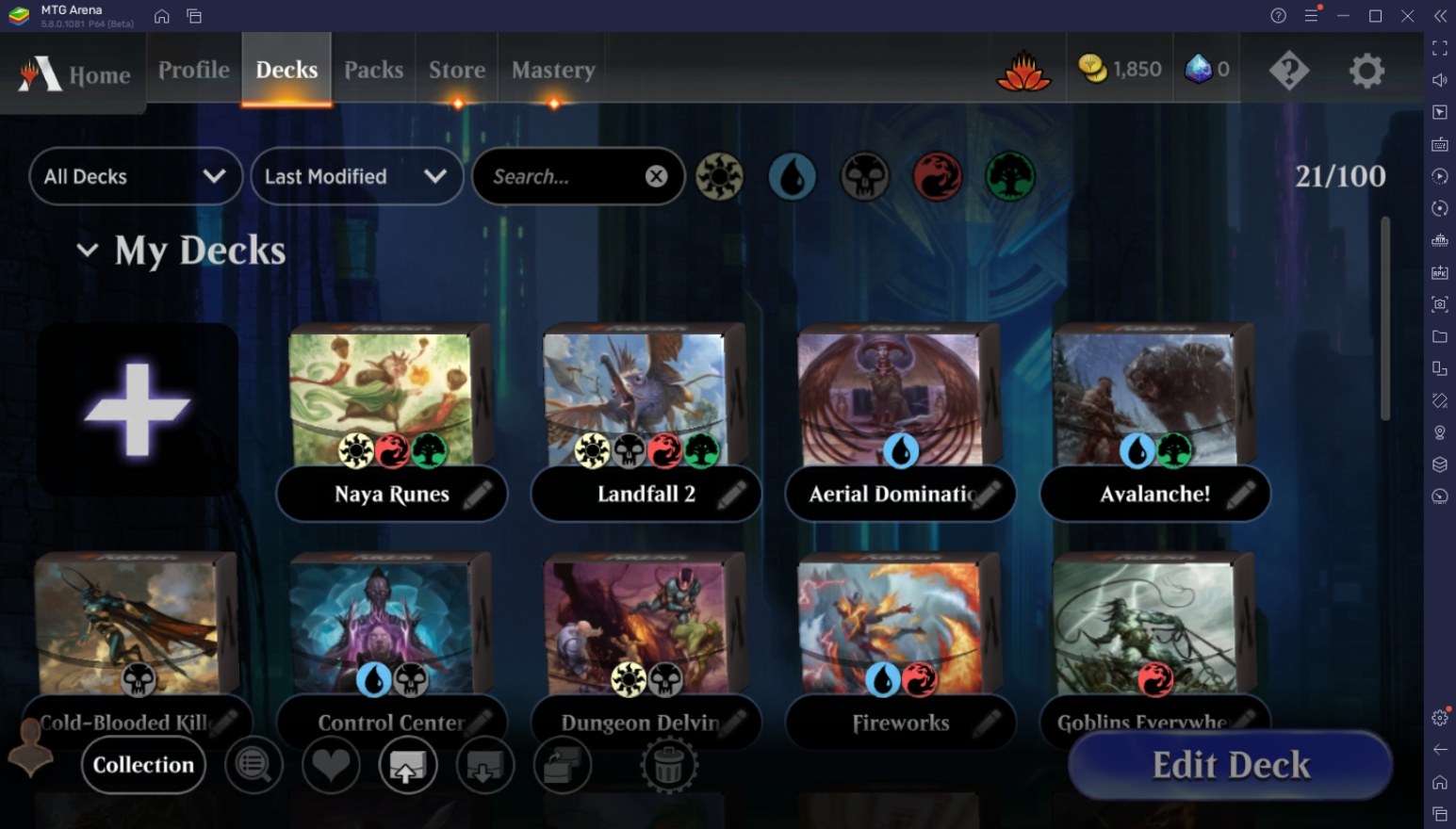
Another method is to read the entire card pool, but that can take some time. However, it’s worth doing this because you get to understand how the game is played. Choosing an archetype usually involves discovering what kind of playstyle you prefer. Some people like to win hard and fast while others like to take things slow and calculate every move. Magic the Gathering: Arena has an archetype for every type of player and will complement your ability so choose wisely.
Sticking to Your Colors
There are five colors in Magic: The Gathering Arena – blue, red, green, white, and black. Each color specializes in a specific playstyle. For example, blue cards make use of a lot of sorceries and instant spells while green likes to play around with the usage of lands. White cards have healing spells and black specializes in killing creatures. Finally, red cards like to deal damage to opponents by burning them slowly and providing aggressive attackers that come in fast.
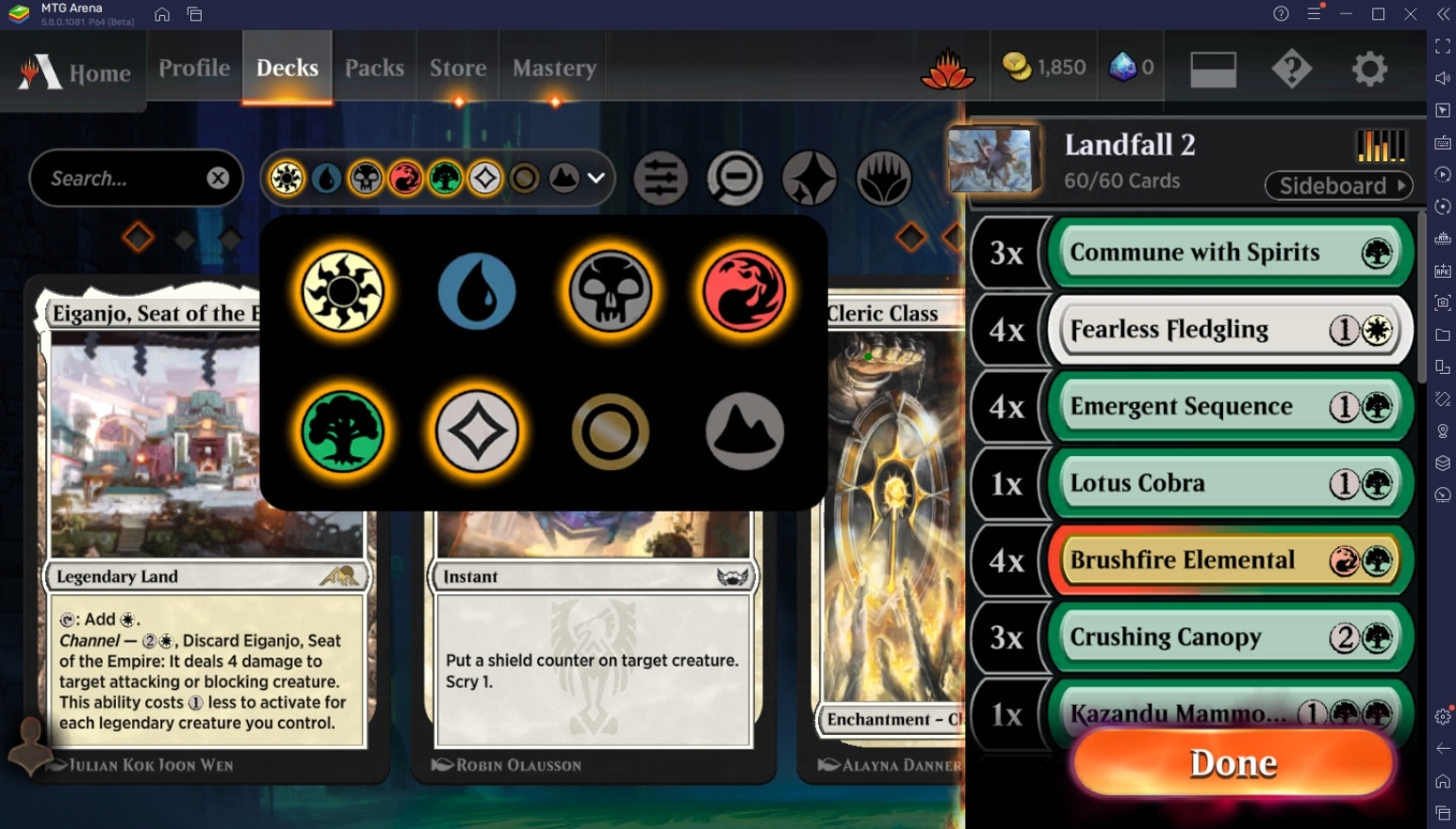
There are decks that make use of all five colors but keep in mind that the more colors you add to your deck, the more difficult it becomes to play. If you can make a mono-color deck, those are ideal for beginners but we suggest playing around dual-color decks since they are able to make use of a wider card pool without making it too difficult to play. All of the colors can work well with each other and you’ll find that there’s a deck archetype for every combination in the game.
Cost Distribution
Now that you know what deck you want to build, it’s time to talk about the core mechanics of building a deck. We’ve covered some information about cards and card information in our Beginners’ Guide so check that out. Now, let’s talk about cost distribution, which is how you will manage the mana costs of each card in the game. The most important rule in the game is that you should be able to play a card each turn. That means having a cost 1, 2, 3, and so on depending on the deck you want.
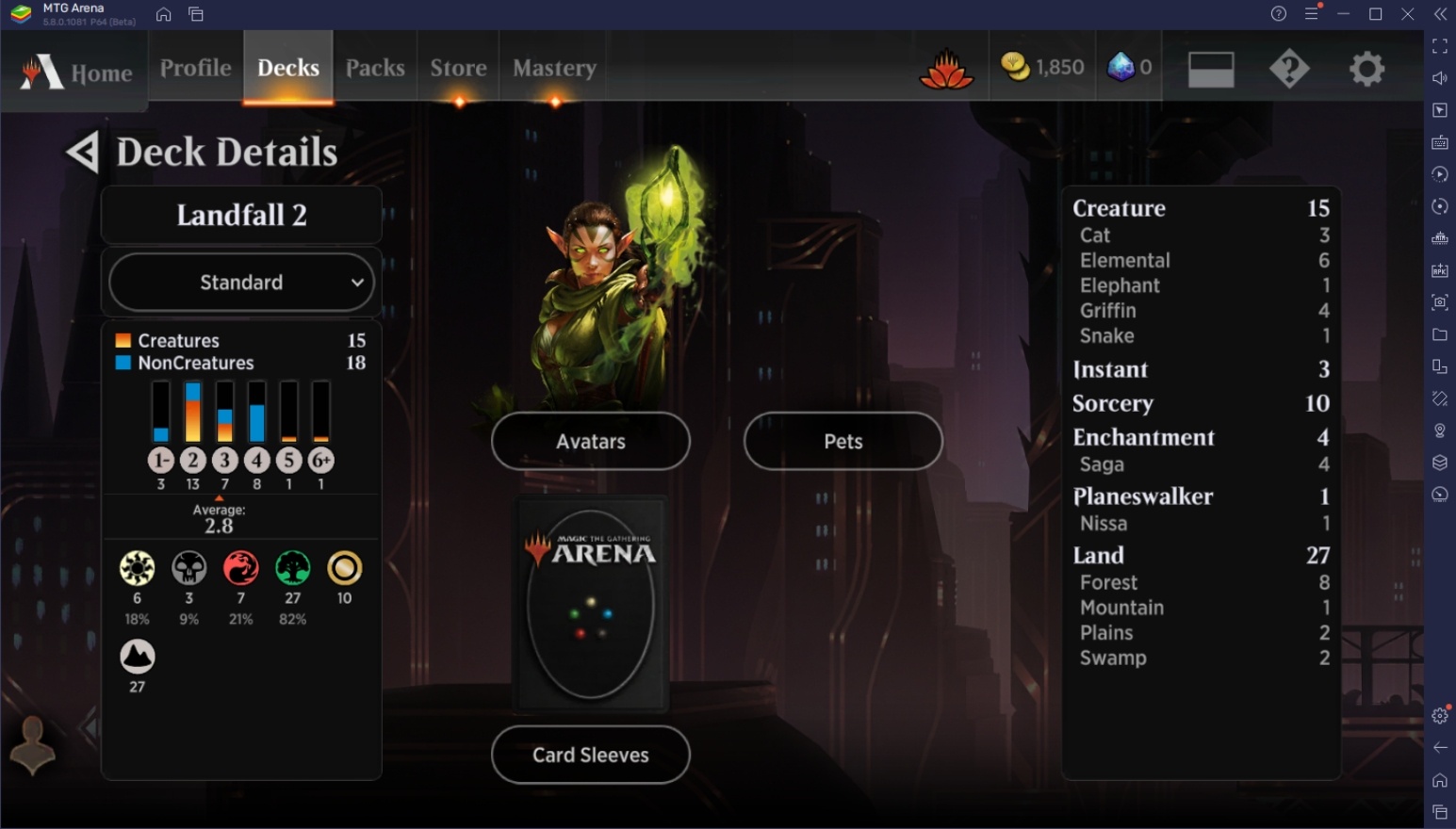
You can’t play a deck with a mana cost 5 creature and expect it to succeed without adding cards that cost less than cost 5. This is because the enemy will decimate you before that happens and you should be able to answer them either by controlling their board or adding creatures to defend. You should have a balanced distribution of low-cost cards and high-cost cards, with low-cost cards being the majority of your deck or else you won’t be able to cast any spells when you actually play the game. The more expensive the unit, the less it should be in your deck because you’ll have more time to draw them out.
Distributing Lands
Distributing lands depends on your archetype, color, and cost distribution. If you play mono-colored decks, you can simply slap 24 lands of that same color in your deck with no worries. However, multi-colored decks need to balance out their land distribution according to their immediate need. If you run a red and blue deck, you’ll run both red and blue lands. If you have 75% blue spells and 25% red spells, that should be the distribution of your lands as well.
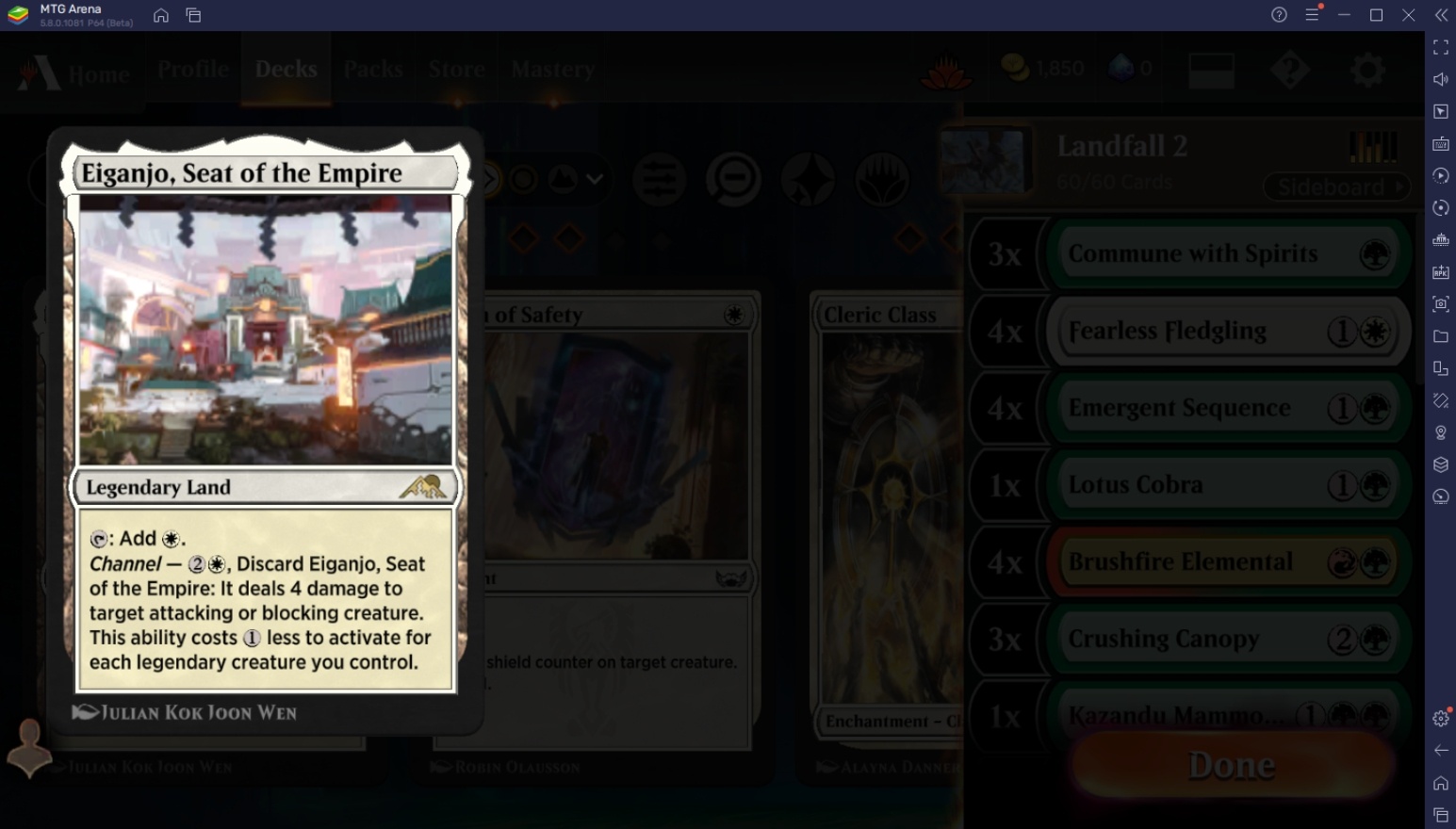
There are special lands in Magic: The Gathering Arena that provide two types of mana. It’s good to add these in multi-colored decks, but take note that you’ll still need to add basic lands since most special lands come into play tapped. If you’re running the standard 24-land lineup in your deck, it’s a good idea to have at least 10 of those being basic lands distributed evenly according to your color distribution. As you play more advanced decks, the need for basic lands decreases as well but save that when you reach that point already.
Adding Tech Options
Tech options refer to cards placed in the deck as a solution to problematic decks in the meta. These cards aren’t a main feature of the deck nor does the player expect to get them all the time, but they’re useful when the situation arrives and can usually win you the game. In most cases, these come in the form of spells that can counter a very popular deck being used by a lot of players in the competitive ladder so that you won’t get automatically destroyed by those decks.
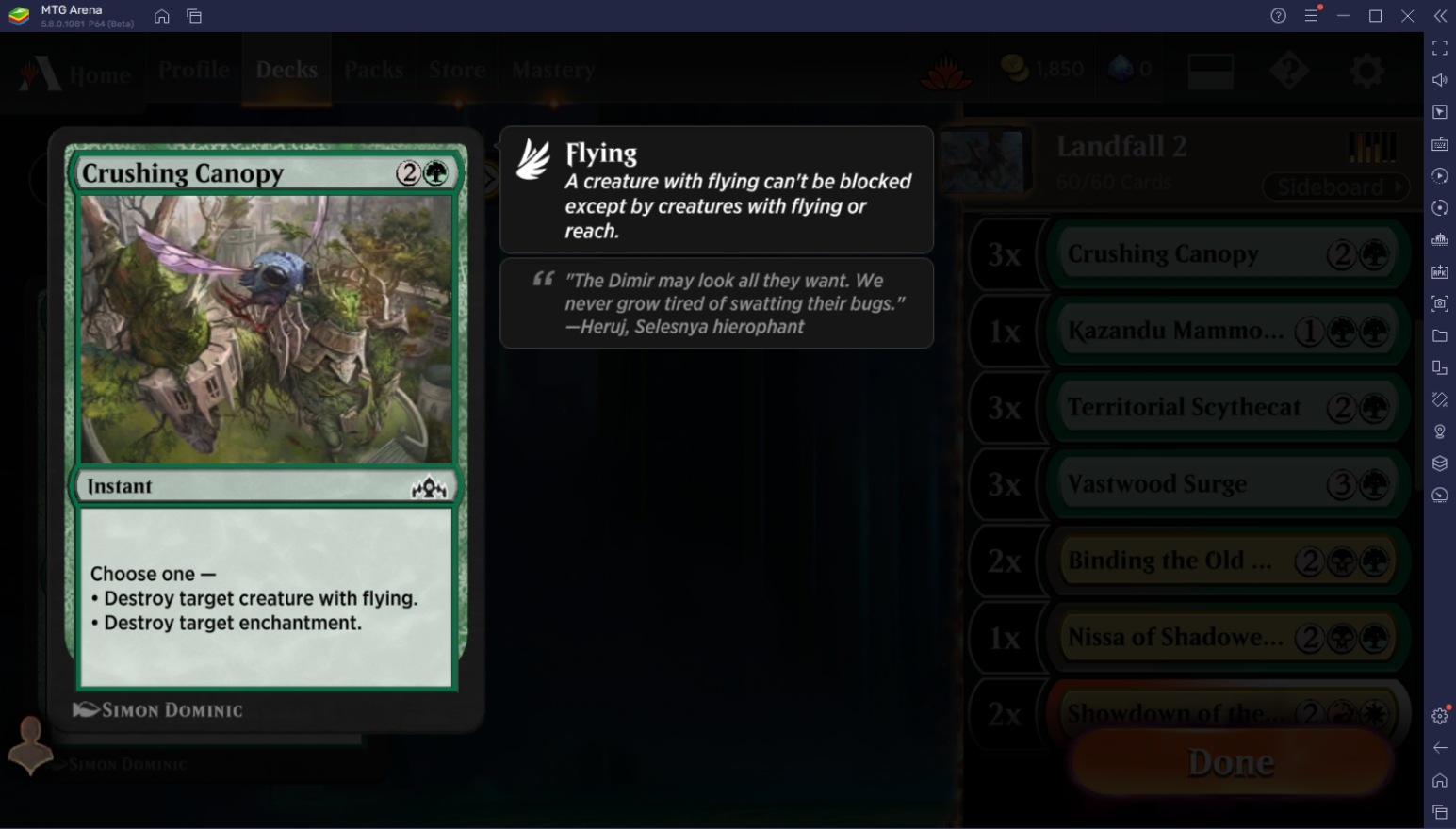
Always remember that teching cards into your deck is optional and should be done only when the environment dictates you to do so. This is an advanced tip that you’ll most likely be able to understand more as you get better at the game, but it’s important to be aware of it early on so that you can start studying what your deck lacks.

